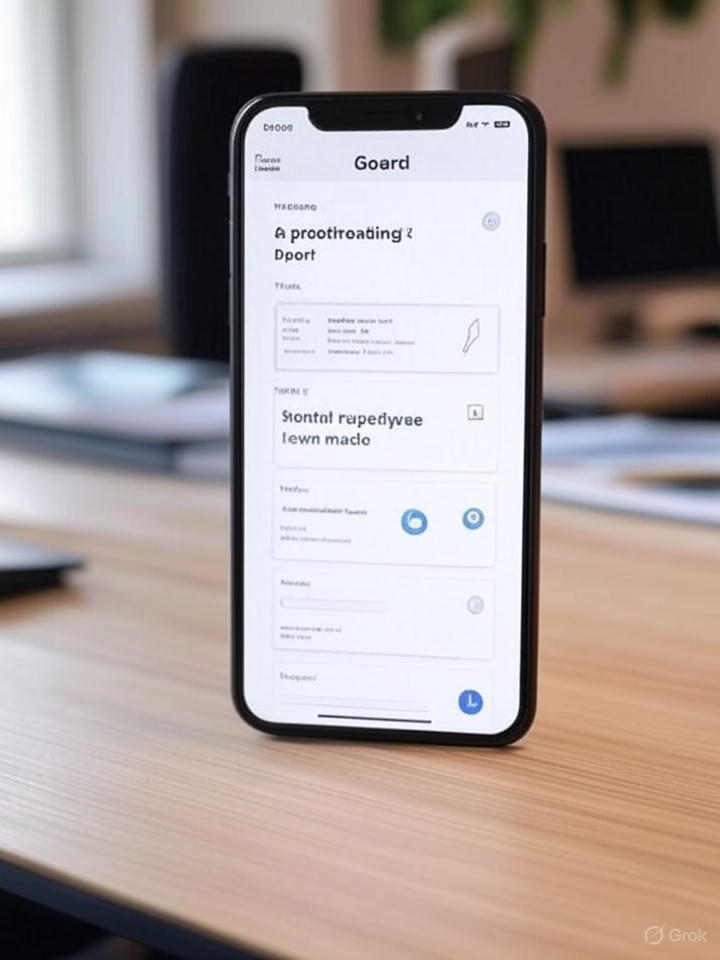In the rapidly evolving world of mobile technology, Google’s Gboard keyboard app is pushing boundaries with its latest integration of artificial intelligence, specifically designed to enhance text composition on Android devices. Initially unveiled alongside the Pixel 9 series, these AI writing tools are now expanding to a broader range of Android phones, marking a significant step in making on-device AI accessible to millions. Powered by Google’s Gemini Nano model, the features allow users to proofread, rephrase, and refine text directly within the keyboard interface, without relying on cloud processing—a move that prioritizes privacy and speed.
This rollout comes at a time when AI is becoming ubiquitous in everyday apps, from email clients to social media. According to reports from Android Authority, the tools are compatible with devices running Android 15 or later, provided they support Gemini Nano, such as select Samsung Galaxy models and other non-Pixel phones. Users can access these capabilities by selecting text in any app where Gboard is active, then tapping the floating toolbar that appears with options like “Proofread” or “Rephrase.”
Expanding AI Horizons in Mobile Keyboards
The proofreading function scans for grammar, spelling, and punctuation errors, offering suggestions that users can accept or tweak with a single tap. For instance, if you’re drafting a professional email, the tool might suggest rephrasing awkward sentences for clarity. Rephrasing goes further, allowing tonal adjustments—such as making text more formal, concise, or expressive—tailored to the context of your message.
Industry observers note that this isn’t just a gimmick; it’s a practical evolution of keyboard functionality. As detailed in a piece from Android Police, the on-device processing ensures that sensitive data never leaves the phone, addressing growing concerns over data security in AI applications. Early adopters on forums like Reddit have praised the seamless integration, though some beta testers reported initial glitches in accessing the features.
Practical Usage and Device Compatibility
To get started, ensure your Gboard is updated via the Google Play Store. Once installed, type or paste text into an app like Messages or Notes, highlight it, and look for the AI toolbar. Selecting “Proofread” generates instant fixes, while “Rephrase” provides multiple variants, such as shortening a verbose paragraph or adding enthusiasm to a casual note. Google’s official blog, as covered in Google’s product updates, emphasizes that these tools work across languages, with support for English expanding to others soon.
However, not all Android devices qualify yet; the feature demands specific hardware for Gemini Nano, limiting it to premium models for now. Publications like BGR highlight that this could democratize AI writing aids, potentially reducing the need for third-party apps like Grammarly, which has its own AI keyboard but lacks Gboard’s deep system integration.
Challenges and Future Implications
Despite the excitement, there are hurdles. Some users on non-Pixel devices have experienced rollout delays, as noted in discussions on Reddit’s Gboard community. Moreover, while the tools are efficient, they aren’t infallible—AI can occasionally misinterpret context, leading to suggestions that alter intended meaning. Google is iterating based on feedback, with plans to refine accuracy through updates.
For industry insiders, this development signals a broader trend toward embedded AI in productivity tools. As Moneycontrol reports, alongside these writing aids, Google is revamping related features like Quick Share and Emoji Kitchen, creating a more cohesive ecosystem. This could pressure competitors like Apple’s keyboard to accelerate their AI integrations, fostering innovation in mobile input methods.
Strategic Insights for Tech Ecosystems
Looking ahead, the expansion of Gboard’s AI tools underscores Google’s strategy to leverage its AI prowess across the Android platform. By making these features available beyond its own hardware, the company is not only boosting user retention but also gathering valuable data on AI usage patterns—albeit processed locally. Analysts suggest this could pave the way for more advanced capabilities, such as real-time translation or creative writing assistance.
In essence, Gboard’s AI writing tools represent a thoughtful blend of convenience and technology, poised to transform how professionals and casual users alike craft their digital communications. As adoption grows, expect refinements that address current limitations, solidifying AI’s role in everyday typing.

